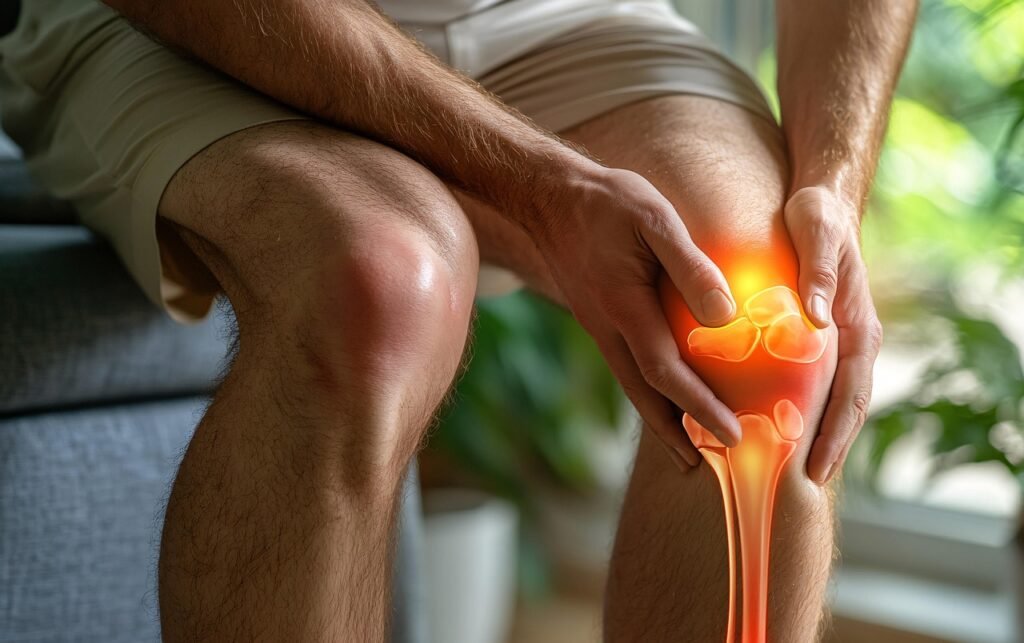What Does “-itis” Really Mean? A Simple Guide to Understanding Inflammation
You’ve probably heard terms like tendonitis, bursitis, or plantar fasciitis—especially if you’re active or have ever seen a physical therapist or massage professional. All of these conditions have one thing in common: they end in “-itis.” But what does that suffix actually mean?
In short, “–itis” means inflammation. And understanding what inflammation is—and isn’t—can help you better navigate pain, injury, and healing.
What Is Inflammation?
Inflammation is your body’s natural response to injury, overuse, or irritation. It’s a protective mechanism designed to bring healing cells to the area, remove damaged tissue, and defend against further harm. You might notice:
- Swelling
- Redness
- Heat
- Pain
- Loss of function or stiffness
These are all signs that your immune system is doing its job.
For example, if you overuse your elbow—say, from playing tennis, painting, or repetitive lifting—you might develop tendonitis, or inflammation of a tendon. The tendon becomes irritated, painful, and less able to function as it should.
Common “-itis” Conditions
Here are a few examples of conditions involving inflammation:
- Tendonitis – Inflammation of a tendon (common in shoulders, elbows, and knees)
- Bursitis – Inflammation of the bursa, a small fluid-filled sac that cushions joints
- Fasciitis – Inflammation of the fascia, the connective tissue around muscles (like plantar fasciitis in the foot)
- Arthritis – Inflammation in the joints
- Dermatitis – Inflammation of the skin
The location and cause may differ, but they all involve the body’s inflammatory response.
Acute vs. Chronic Inflammation
Not all inflammation is the same.
- Acute inflammation is short-term and usually follows a specific event like a strain, sprain, or impact. With proper care, it typically resolves within days or weeks.
- Chronic inflammation sticks around longer and may result from ongoing overuse, poor mechanics, or conditions like autoimmune disorders. This kind of inflammation can become more complicated and harder to treat if ignored.
Should You “Just Rest”?
While rest might sound like the obvious answer, it’s not always the best approach—especially for low-grade or chronic inflammation. Movement, when done correctly, can help reduce swelling, improve circulation, and encourage healing. On the other hand, too much rest can lead to stiffness, weakness, and delayed recovery.
How Sports Massage Can Help
Targeted sports massage can be a powerful tool for managing inflammation. By improving blood flow, releasing tight tissues, and promoting lymphatic drainage, massage can help reduce the pressure and pain associated with many “-itis” conditions.
At Trailblazer Sports Massage in Poulsbo, we seek the root cause of your pain. Whether you’re dealing with elbow tendonitis from paddling around Liberty Bay or plantar fasciitis after long trail runs, we’re here to help you heal and move forward. While we can’t diagnose your -itis, we can help you feel better!
Ready to Take the Next Step?
If inflammation is slowing you down, don’t wait for it to “just go away.” Early intervention can make a big difference.
👉 Book a sports massage today and give your body the support it needs to recover and thrive.
Helpful Resource:


